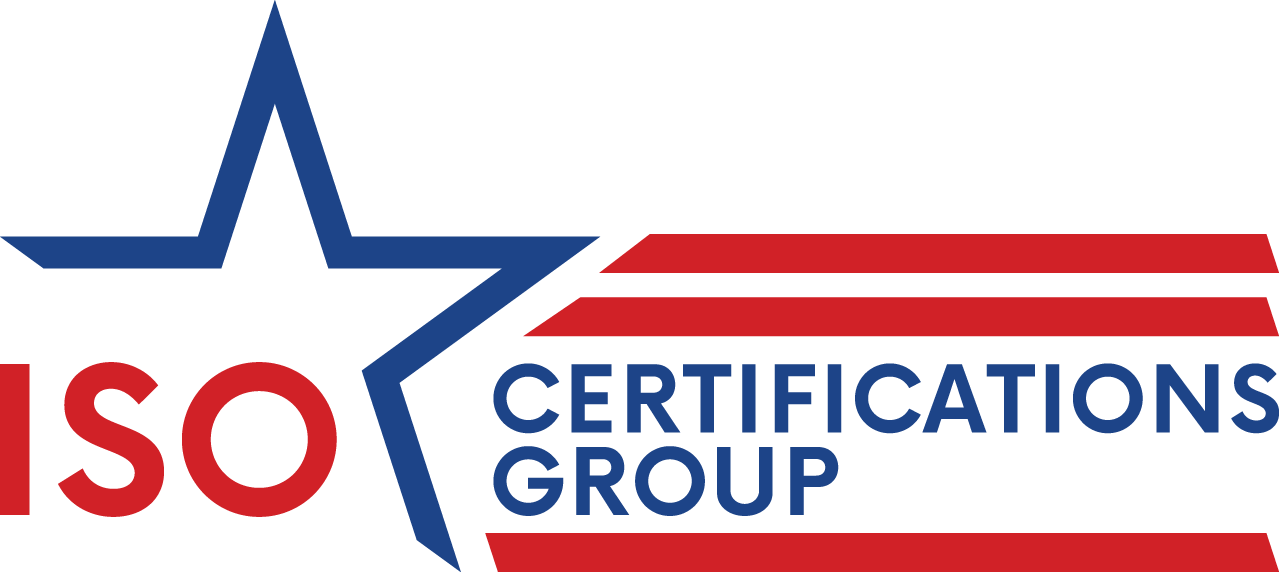Monitoring key indicators is essential for maintaining an effective ISO 9001 Quality Management System (QMS). These indicators help track performance, identify improvements or issues, and ensure quality at every level of operations. The ISO 9001:2015 standard itself emphasizes performance evaluation in Section 9, making these metrics not only valuable for daily operations but also necessary for compliance and certification.
There are numerous factors that support organizations in achieving quality objectives, while resulting in overall business growth and success. In this article, we’re expanding upon three key ISO 9001 elements that play a critical role in managing and strengthening a Quality Management System. If your company hasn’t implemented them yet, now is the time to consider their benefits!
Managing Nonconformities & Risks
Effectively identifying and managing nonconformities is a key element of quality management. Organizations can leverage various tools within their Quality Management System (QMS) to drive continuous improvement. Here are some best practices and their benefits:
Reports & Documentation: Proper documentation of nonconformities is essential. Include details such as KPIs, feedback, potential impact, date, time, and location. Thorough records help prevent recurrence and serve as valuable references for future situations.
Utilizing CAPA: Corrective and Preventive Actions (CAPA) address root causes, resolve current issues, and prevent future risks. This approach strengthens operations, ensures compliance, and fosters continuous improvement.
Monitoring & Reviewing: Regularly tracking key performance indicators helps determine if corrective actions are effective. Reviewing documentation and nonconformance-related materials supports management reviews and enhances compliance.
Change Management: Implementing corrective actions may require process or policy adjustments, introducing new risks. Conducting a cost-benefit analysis, setting clear action plans, and following the PDCA (Plan-Do-Check-Act) cycle ensures successful implementation and long-term improvement.
Customer Feedback & Satisfaction
The framework of ISO 9001 aids organizations in documenting, analyzing, and monitoring customer satisfaction in order to identify opportunities or potential corrective actions.
To maximize the impact of customer satisfaction, actively gather feedback through surveys, reviews, and other channels to understand customer needs and preferences. Use this insight to drive continuous improvement in your products, services, and processes, ensuring you consistently exceed expectations.
Incorporate key ISO 9001 principles by fostering employee engagement to enhance service quality and maintaining transparency by keeping customers informed of changes. Regularly measure and monitor satisfaction through key performance indicators (KPIs) to track progress and refine strategies for ongoing success.
Process Efficiency & Effectiveness of Changes
While customer satisfaction is the core of ISO 9001, achieving it requires effective processes that consistently meet customer needs. One essential ISO 9001 indicator is process effectiveness: evaluating whether the company’s outputs align with initial plans and, most importantly, customer expectations.
To ensure this, key performance indicators (KPIs) should be used to monitor deliverables, maintain process compliance, and enhance customer satisfaction. These metrics also help track goals and make necessary adjustments in case of strategic deviations, reinforcing their importance in continuous improvement.
Some KPIs that your organization should regularly monitor include:
- Costs
- Time
- Productivity
- Quality Objectives
Conclusion: Monitoring and Measurement is Key
Implementing and monitoring key ISO 9001 indicators is crucial for maintaining a strong Quality Management System. By effectively managing nonconformities, leveraging customer feedback, and ensuring process efficiency, organizations can enhance compliance, improve performance, and drive continuous improvement.
By integrating these essential elements, your business can strengthen its quality framework, boost customer satisfaction, and achieve long-term success. If these strategies aren’t in place yet, now is the time to take action and optimize your QMS for sustained growth.
ISO Certifications Group is here to help your organization achieve its ISO 9001 certification goals. Contact us today to start your journey to becoming ISO certified.

